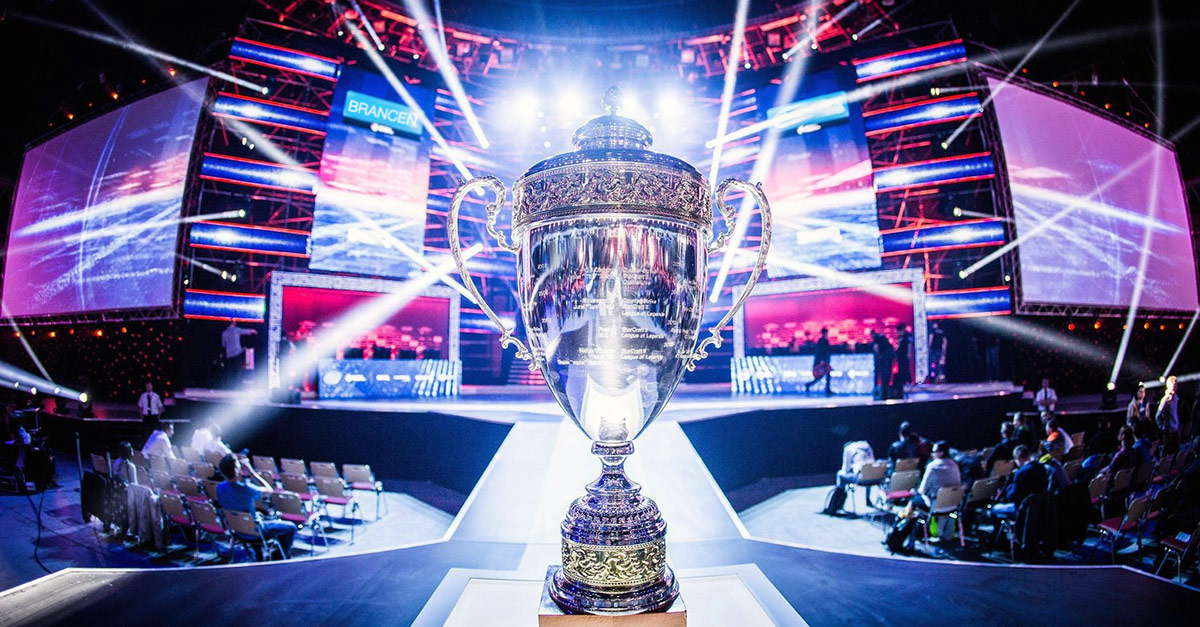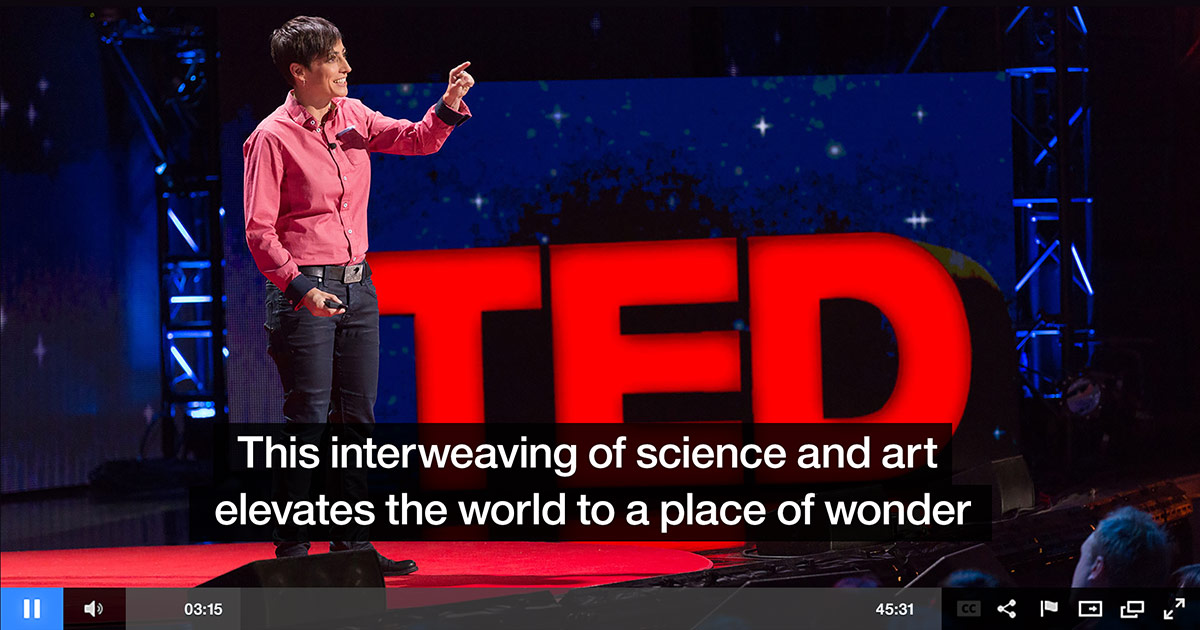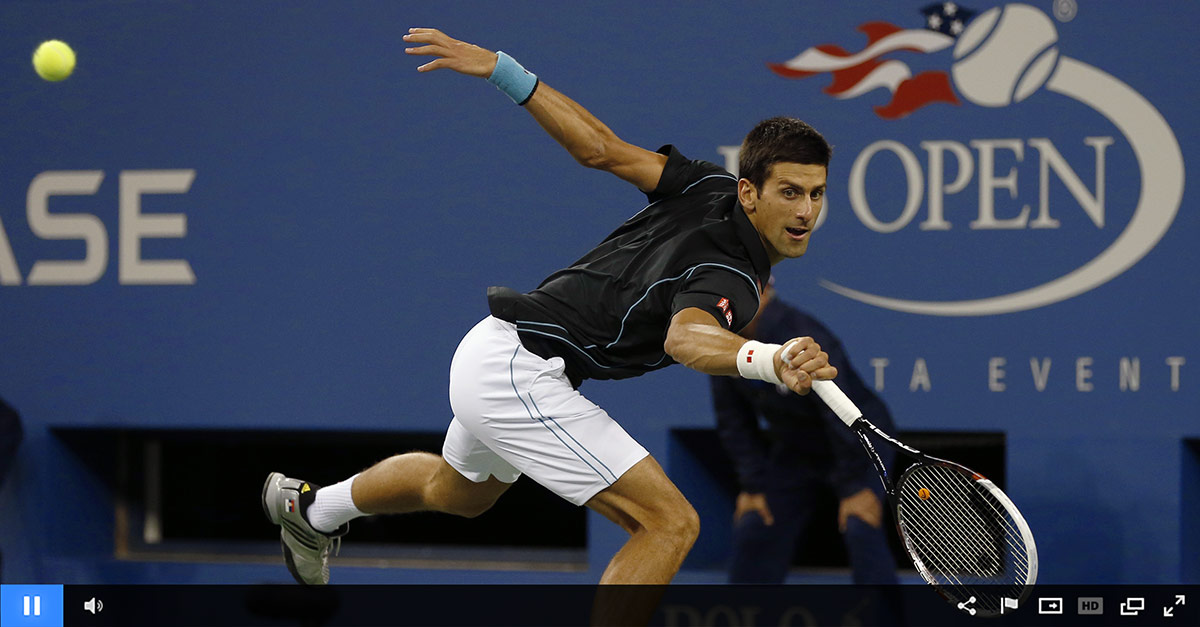
If any activity is tailor-made for streaming video, it’s esports. Competitive video game playing (and watching) is poised to be a $1.5 billion industry by 2020, according to market research firm NewZoo.
While online streaming services like Twitch and YouTube built a loyal audience of viewers, the lure of ad dollars has attracted the interest of mainstream broadcasters, too. Several major networks, including ESPN, NBC and TBS, regularly air esports programming. In recent months, tournaments have popped up on The Disney Channel, and Nickelodeon got into the game in June by joining a $15 million investment in esports host Super League Gaming.
It’s setting up what could be an epic battle between old media and new media. The streaming services run by Amazon (Twitch) and Google (YouTube) helped build a following for competitive video games, but now traditional networks want to use their built-in audience to lure gaming companies (and leverage their own digital platforms to lure the audience that’s already addicted to these competitions). What’s more, the audience is already proving larger than traditional sports: the audience for the 2015 League of Legends world finals topped that of the 2016 NBA Finals by 5 million viewers.









